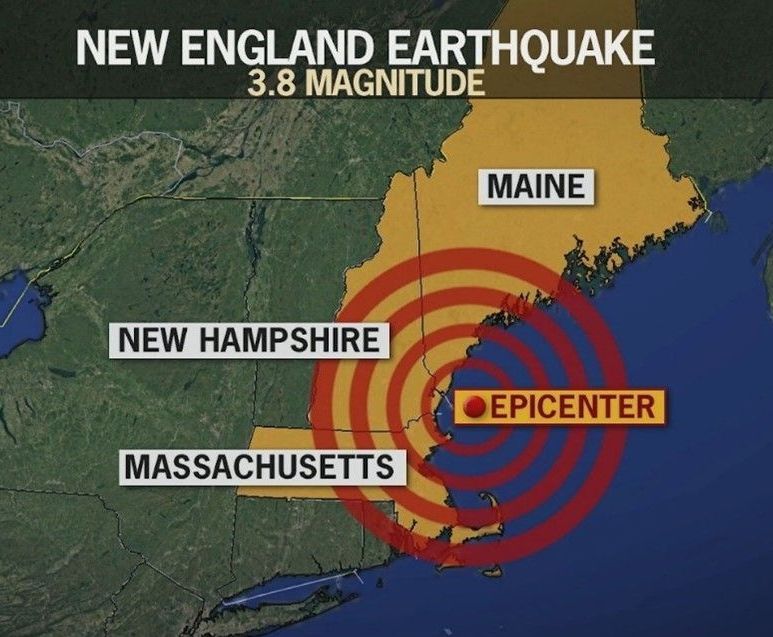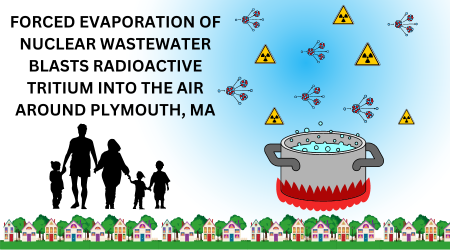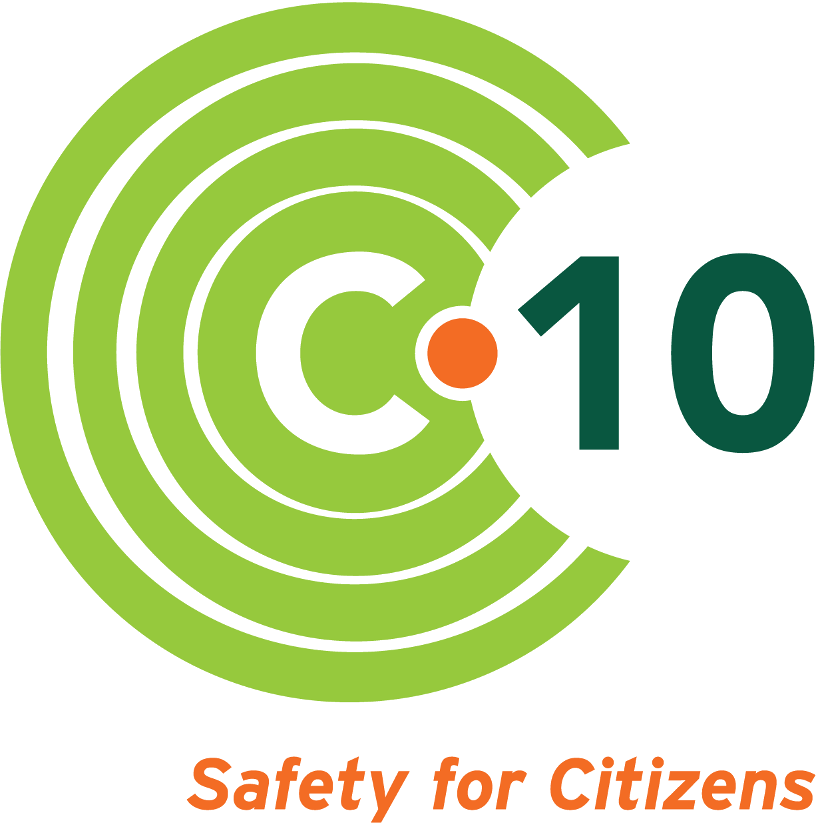C-10 reacts to news that Seabrook license extension appears imminent
- By Natalie Hildt Treat
- •
- 15 Jan, 2019

C-10
Research and Education Foundation (C-10) received notification on January 14
that the U.S. Nuclear Regulatory Commission (NRC) plans to move quickly to
amend and extend the license of the plant, despite an ongoing proceeding before
the NRC’s Atomic Safety and Licensing Board (ASLB) relative to Seabrook’s
degraded concrete.
In a letter to the ASLB’s administrative judges, NRC Staff Attorney Jeremy Wachutka informed the Board that on or about January 22, 2019, NRC staff will approve the license amendment request (LAR) that Seabrook owner NextEra Energy filed in 2016 as a result of the serious, irreversible problem called alkali-silica reaction that is impacting the plant’s concrete in all key safety structures.
Wachutka also stated that NRC Director of Office of Nuclear Reactor Regulation Ho Nieh plans to issue a renewed operating license for Seabrook, on or about January 30, 2019. NextEra Energy Seabrook LLC filed an application to renew the plant’s license on June 1, 2010. The plant is currently licensed to operate until 2030, and is seeking a twenty-year extension.
“For the NRC to grant the license amendment—and then approve a license extension out to 2050—before the public hearing that the ASLB granted on the concrete—is just crazy,” said Natalie Hildt Treat, executive director of C-10. “What’s the hurry? Seabrook still has 11 more years on its current operating license. We believe these action could undermine the safety of the American citizens that NRC is charged with protecting,” Treat said.
“The unprecedented concrete testing and monitoring methodologies that underpin the license amendment request should be subject to independent peer review prior to their adoption,” said Chris Nord, C-10 board member and resident of Newbury, Mass. “This is not just good science, but in the case of the deteriorating concrete at Seabrook, this is essential to ensure public safety. Because NextEra’s LAR has been hidden from scrutiny behind the veil of ‘proprietary’ status granted by the NRC, the only truly independent peer review will be provided through C-10’s participation in this proceeding,” said Nord.
“While this state of affairs is maddening, for the NRC and Seabrook it is not unprecedented,” said Nord. “Thirty years ago, the six Massachusetts towns within the 10-mile evacuation zone unanimously voted to reject the proposed Emergency Response Plan (ERP) as unfeasible. As a result, the Commonwealth of Massachusetts refused to sign off on the plans, and the licensing process for Seabrook was halted. NRC’s response was to issue of change in their regulations: first, to allow the Seabrook reactor to start up without the plans in place—so-called “Low-Power Test;” and second, to allow the plant’s owner (then Public Service Company of New Hampshire) to submit an ERP in lieu of state submission. The licensing process was efficiently concluded—by leaving out the will of the people who must live with this reactor,” said Nord.
As intervenors in the case regarding Seabrook’s concrete and its current operating license, C-10 has been working to support its contentions at a public hearing before the NRC’s Atomic Safety and Licensing Board, which NRC states is still expected to be held in summer of 2019, but will not be completed prior to the issuance of the license amendment.
C-10 recently engaged Professor Victor Saouma of the University of Colorado, Boulder—a structural engineer who is also an expert in the problem of ASR at nuclear plants—to assess results of the concrete testing, as well as the assumptions put forth by NextEra and the NRC.
“We are working on behalf of our members, and for the health and safety of all who live and work near Seabrook. We will continue to do this work,” Treat said.
Background on alkali-silica reaction (ASR) at Seabrook
In 2016, NextEra submitted a license amendment request in recognition of its being out of design basis due to ASR-compromised concrete. In October 2017, C-10 Research & Education Foundation was granted standing in a case being considered by the U.S. Nuclear Regulatory Commission’s Atomic Safety and Licensing Board. C-10 disputes the merits of NextEra’s methods to mitigate the significant risk caused by ASR. NextEra Energy Seabrook LLC’s pending license amendment request is relative to the deteriorating concrete at the plant, which has been operating since 1991.Citing serious safety concerns with the concrete and flaws in the concrete testing and monitoring methodologies, C-10 sought intervenor status in the NRC docket. A public adjudicated hearing is expected in July 2019. C-10 had alleged in its April 2017 petition to the NRC that the testing was inadequate and not representative of actual conditions at Seabrook, and that if the concrete failed and resulted in a radiological release, its monitoring operations, its members, and the public at large could face grave danger. For more information, see this C-10 fact sheet on ASR and Seabrook.
Follow us



